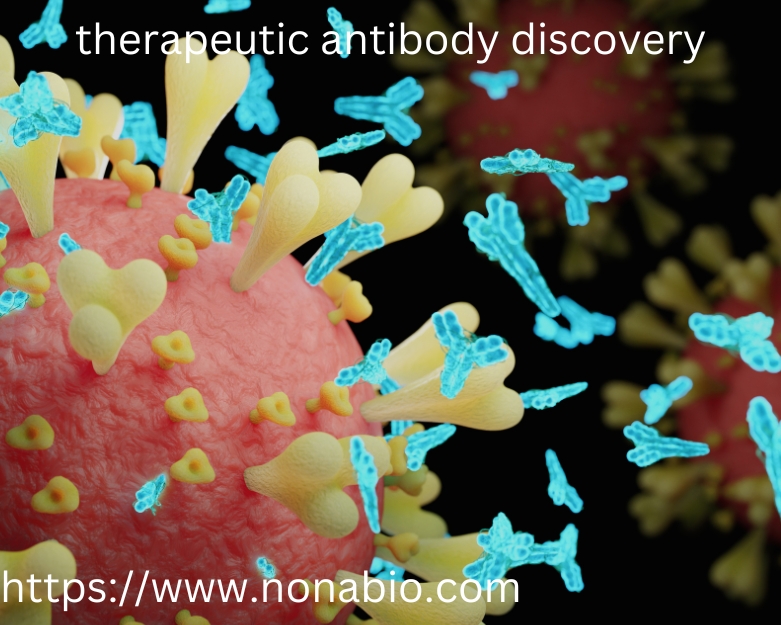In this guest post, we will explore the significance of antibody developability assessment, its key components, and its pivotal role in advancing antibody-based therapies.
1. Understanding Antibody Developability
Antibody developability refers to the comprehensive evaluation of an antibody candidate’s characteristics and properties to determine its suitability for further development, including clinical trials and eventual commercialization. It encompasses a wide range of attributes that impact the antibody’s safety, efficacy, and manufacturability.
2. Ensuring Safety
Safety is paramount in antibody-based therapies. Developability assessment scrutinizes potential risks associated with the antibody, such as immunogenicity and off-target effects, ensuring that it poses minimal harm to patients.
3. Improving Efficacy
Effectiveness is another crucial aspect. A thorough assessment identifies factors that can affect the antibody’s ability to bind to its target and exert the desired therapeutic effect. This knowledge informs optimization strategies to enhance efficacy.
4. Stability and Formulation
Antibody stability is key to its successful development. Developability assessment evaluates factors like thermal stability and formulation compatibility, ensuring the antibody remains active and intact under various conditions, including storage and administration.
5. Manufacturability
Scalability and ease of production are vital for cost-effective antibody manufacturing. Assessment identifies potential challenges in manufacturing processes, such as aggregation or low yields, and guides improvements to streamline production.
6. Aggregation and Immunogenicity
Aggregation, which can lead to adverse immune responses, is a common concern in antibody development. A thorough assessment pinpoints aggregation risks and guides strategies to minimize them, mitigating potential immunogenicity issues.
7. Biophysical Characterization
Characterization techniques, including size-exclusion chromatography, mass spectrometry, and spectroscopy, play a pivotal role in assess antibody properties. These tools provide detailed insights into an antibody’s structure, purity, and stability.
8. High-Throughput Screening
To expedite the assessment process, high-throughput screening methods are employed. These automated techniques allow for the rapid evaluation of multiple antibody candidates, accelerating the selection of promising candidates for further development.
9. Predictive Modeling
In silico modeling and computational simulations are increasingly employed to predict developability attributes. These tools save time and resources by guiding antibody optimization before experimental testing.
10. Regulatory Compliance
Developability assessments align with regulatory guidelines and requirements, ensuring that antibody candidates meet the necessary standards for safety and efficacy. This is essential for obtaining regulatory approval and bringing therapies to market.
11. Advancements in Developability Assessment
As the field of antibody therapeutics evolves, so do developability assessment techniques. Innovations in biophysical methods, data analytics, and predictive modeling are continually enhancing the precision and efficiency of the assessment process.
12. Industry Impact
Antibody developability assessment is central to the biopharmaceutical industry’s success. It has paved the way for the development of highly effective antibody-based therapies, including monoclonal antibodies, antibody-drug conjugates, and bispecific antibodies.
In conclusion, antibody developability assessment is a critical step in the journey from antibody discovery to therapeutic application. It ensures the safety, efficacy, and manufacturability of antibody candidates, facilitating their successful transition into clinical trials and eventually to the patients who need them. As technology and knowledge continue to advance, the field of antibody developability assessment remains at the forefront of innovation in biopharmaceutical research, promising a brighter future for antibody-based therapies and their potential to transform healthcare.
For more information click nonabio.


